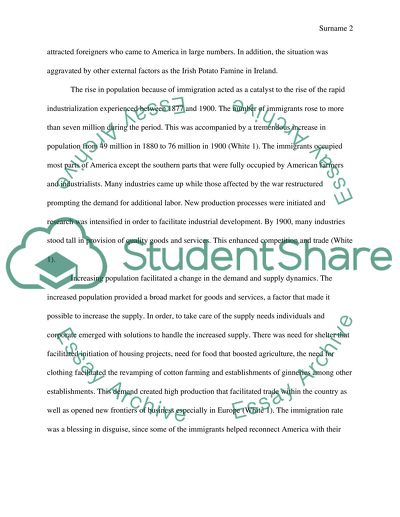Cite this document
(“Immigration to America after the Civil War Essay”, n.d.)
Retrieved from https://studentshare.org/macro-microeconomics/1492924-immigration-to-america-after-the-civil-war
Retrieved from https://studentshare.org/macro-microeconomics/1492924-immigration-to-america-after-the-civil-war
(Immigration to America After the Civil War Essay)
https://studentshare.org/macro-microeconomics/1492924-immigration-to-america-after-the-civil-war.
https://studentshare.org/macro-microeconomics/1492924-immigration-to-america-after-the-civil-war.
“Immigration to America After the Civil War Essay”, n.d. https://studentshare.org/macro-microeconomics/1492924-immigration-to-america-after-the-civil-war.


